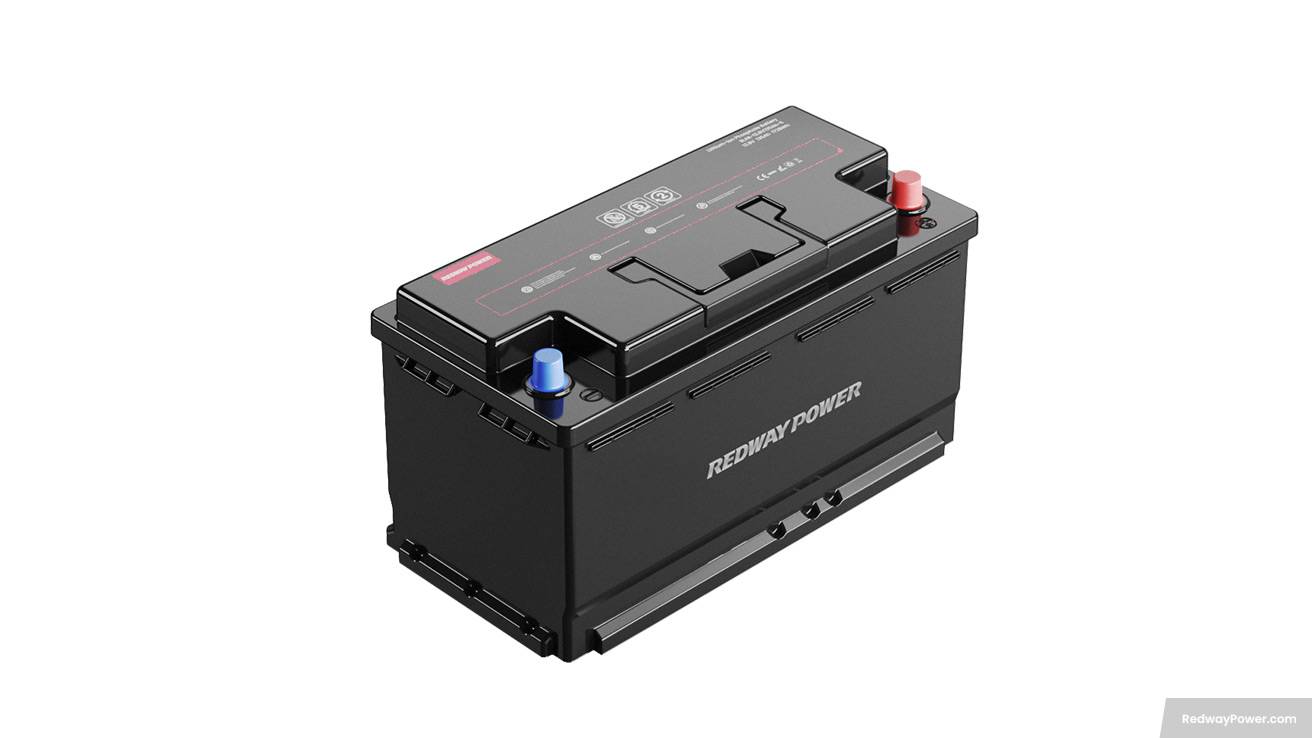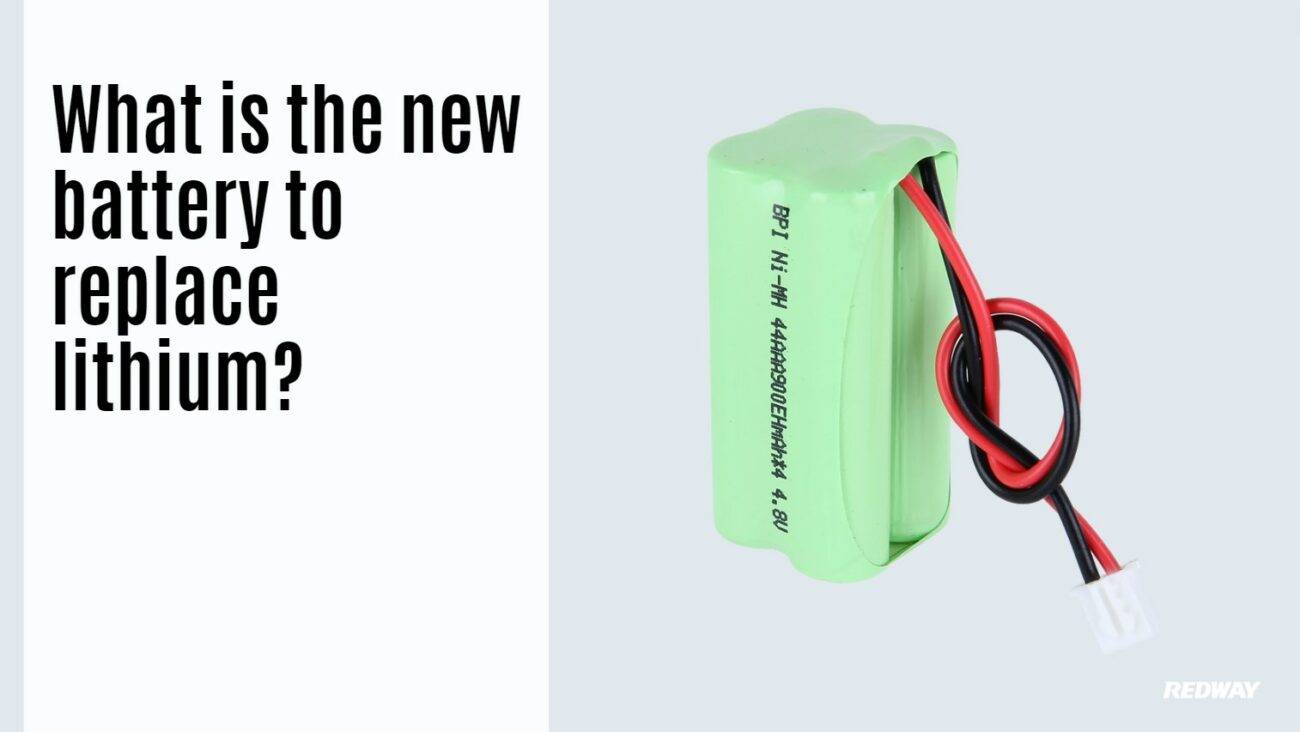Exploring the forefront of energy storage, lithium batteries have dominated various industries. However, with technological progress, the question arises: is there a superior alternative? This blog post delves into the limitations of lithium batteries and explores potential alternatives that could reshape our approach to energy storage. Join us on this exploration beyond lithium power!
Limitations of lithium batteries
Lithium batteries have transformed device powering, but they have limitations. Here are key points:
- Degrading Performance:
- Lithium batteries degrade over time due to structural changes during charging cycles, leading to reduced capacity and overall performance.
- Temperature Sensitivity:
- Extreme temperatures, both hot and cold, impact lithium batteries, accelerating degradation and shortening their lifespan.
- Safety Concerns:
- Flammability risk exists due to the highly reactive electrolyte, making lithium batteries prone to thermal runaway if damaged or exposed to extreme conditions.
- Resource Challenges:
- Limited lithium resources pose challenges. Extraction processes harm ecosystems, and geopolitical factors may impact the supply chain stability.
- Research for Alternatives:
- Researchers globally seek alternative battery technologies to overcome these challenges, aiming for improved energy storage, durability, safety, cost-effectiveness, and environmental impact.
Potential alternatives to lithium
- Sodium-Ion Batteries:
- Sodium-ion batteries use sodium ions as charge carriers, offering a cheaper and more abundant resource compared to lithium. They show promise in terms of performance and stability, making them suitable for large-scale energy storage.
- Solid-State Batteries:
- Solid-state batteries utilize a solid electrolyte material instead of liquid electrolytes, enhancing safety and energy density. Although still in early stages, this technology holds great promise for future advancements in battery technology.
- Other Battery Technologies:
- Advancements include flow batteries, zinc-air batteries, and bio-inspired designs like microbial fuel cells. Each addresses specific challenges and offers unique advantages compared to traditional lithium-based systems.
- Consideration Factors:
- Alternatives have varying advantages and disadvantages based on factors like cost, performance requirements, environmental impact, and scalability.
- Ongoing Research and Innovation:
- Research into new materials and innovative designs for energy storage devices continues. Breakthroughs are expected, driving innovation and potentially revolutionizing the industry.
- Future of Sustainable Power:
- The quest for superior energy storage solutions beyond lithium is ongoing. While no definitive answer exists, the exploration of new possibilities remains a driving force toward sustainable power solutions.
Sodium-ion batteries

Sodium-ion batteries are emerging as a promising alternative to traditional lithium batteries. These batteries use sodium ions for energy storage, tapping into the abundance of sodium as a sustainable resource.
- Abundant and Sustainable:
- Sodium-ion batteries offer a sustainable option as sodium is widely available, addressing concerns about the scarcity of lithium resources.
- Higher Energy Density Potential:
- These batteries have the potential for higher energy density, meaning they can store more energy in a smaller size. This makes them suitable for applications with limited space, such as electric vehicles or renewable energy storage.
- Challenges and Ongoing Research:
- Despite their potential, challenges remain, particularly in finding electrode materials that endure repeated charging cycles without significant degradation. Researchers are actively working on overcoming these challenges to make sodium-ion batteries commercially viable.
- Future Promise:
- With ongoing research and advancements, sodium-ion batteries hold promise as a viable alternative to lithium in the near future. Their potential benefits make them an attractive option for the next generation of battery technology.
Solid-state batteries
Solid-state batteries are poised to transform industries, offering improved safety and efficiency over traditional lithium-ion counterparts. Here are key advantages that make them a potential game-changer:
- Enhanced Safety Features:
- Solid-state batteries eliminate the need for flammable electrolytes, significantly reducing the risk of thermal runaway and fires. This safety improvement makes them ideal for applications prioritizing safety, such as electric vehicles.
- Higher Energy Density:
- With higher energy density, solid-state batteries can store more energy in a compact design. This translates to increased battery life and longer operation times for electronic devices and electric vehicles, providing a boost in efficiency.
- Faster Charging Capabilities:
- Solid-state battery technology promises faster charging times compared to traditional lithium-ion batteries. The potential to charge smartphones or electric cars in just a few minutes could revolutionize the convenience of energy storage.
- Ongoing Advancements:
- While there are technical challenges to address, ongoing research worldwide is focused on making solid-state batteries commercially viable. Advances in materials science and manufacturing techniques are paving the way for a future where these batteries play a central role in sustainable energy solutions.
Advancements in other battery technologies

In the pursuit of superior battery technology, scientists are exploring alternative advancements. Here are key breakthroughs that showcase the potential of diverse battery technologies:
- Sodium-Ion Batteries:
- Sodium-ion batteries utilize sodium ions instead of lithium, offering a potentially cheaper and more abundant alternative. This innovation aims to address the limitations of lithium-ion batteries and promote sustainability.
- Solid-State Batteries:
- Solid-state batteries replace liquid electrolytes with a solid material, enhancing safety and stability while increasing energy density. This research frontier holds promise for safer and more efficient energy storage solutions.
- Other Explorations:
- Flow Batteries: Store energy in liquid electrolytes in external tanks.
- Metal-Air Batteries: Utilize oxygen from the air as one of their reactants.
- Graphene Research: Investigating graphene for its high conductivity and strength to enhance battery performance.
- Considerations in Adoption:
- Evaluating these technologies involves considerations like cost-effectiveness, scalability, safety, and environmental impact. Each advancement brings unique benefits and challenges.
- Future Prospects:
- While lithium remains dominant, ongoing research into sodium-ion, solid-state, and other advancements signals potential improvements in energy storage capabilities. The race to discover a superior battery continues, shaping the future of sustainable energy solutions.
Comparison of different battery types
Battery technology has evolved significantly, offering alternatives to traditional lithium-ion batteries. Let’s delve into the diverse battery types available today:
- Sodium-Ion Batteries:
- Advantage: Utilizes sodium ions, potentially cheaper and more abundant.
- Consideration: Lower energy density compared to lithium-ion.
- Solid-State Batteries:
- Advantage: Replaces liquid electrolyte, enhancing safety and increasing energy density.
- Benefit: Faster charging times compared to traditional lithium-ion batteries.
- Diverse Advancements:
- Flow Batteries: Store energy in liquid electrolytes, suitable for specific applications.
- Zinc-Air Batteries: Explores the potential of zinc and air reactions for energy storage.
- Biological-Based Options: Examining microbial fuel cells for unique applications.
- Key Considerations:
- Energy Density: Measure of a battery’s capacity.
- Cost-Effectiveness: Examining production expenses and scalability.
- Cycle Life: Evaluating the number of charge-discharge cycles a battery can endure.
- Safety Features: Emphasizing safety, particularly in high-demand applications.
- Environmental Impact: Assessing the ecological footprint of each battery type.
- Future Developments:
- Ongoing Research: Aims to address limitations and enhance all aspects of battery technology.
- Innovation’s Role: Crucial in meeting the escalating demands for efficient portable power solutions beyond traditional lithium-ion choices.
Environmental impact and sustainability

Choosing the right battery involves more than just performance – environmental impact matters too. While traditional lithium-ion batteries have benefits, they raise concerns due to mining’s environmental toll and energy-intensive manufacturing. Seeking greener alternatives, researchers explore:
- Sodium-Ion Batteries:
- Advantage: Sodium abundance in seawater, reducing environmental harm during extraction.
- Benefit: A potential sustainable alternative to lithium-ion batteries.
- Solid-State Batteries:
- Advantage: Non-flammable materials usage enhances safety and environmental friendliness.
- Sustainability: Addresses concerns related to the environmental impact of lithium-ion battery electrolytes.
- Hydrogen Fuel Cells:
- Process: Convert hydrogen gas through electrochemical reactions, offering a clean energy alternative.
- Environmental Impact: Potential for reduced ecological harm compared to traditional battery technologies.
- Considering Performance Metrics:
- Power Density: Measuring the amount of energy stored in a given volume.
- Cycle Life: Evaluating the number of charge-discharge cycles a battery can endure.
- Application Fit: Balancing performance metrics with environmental impact for specific use cases.
- Future Hopes:
- Research Focus: Ongoing exploration for greener alternatives beyond lithium-based systems.
- Sustainable Developments: Aiming for reduced environmental impact in future battery technologies.
Future possibilities for battery technology
As we delve into alternatives to lithium batteries, the future of battery technology emerges with exciting possibilities. Scientists and researchers are committed to overcoming current limitations and developing advanced energy storage solutions.
- Advancements in Sodium-Ion Batteries:
- Focus: Improving capabilities with abundant and cost-effective sodium.
- Potential: A sustainable choice for various applications with advancements in materials and electrolytes.
- Solid-State Battery Breakthroughs:
- Innovation: Replacing liquid electrolytes with solid materials.
- Benefits: Increased energy density, enhanced safety, and ongoing efforts for commercial viability.
- Exploring Diverse Battery Technologies:
- Options: Flow batteries, aluminum-air batteries, and hydrogen fuel cells.
- Unique Advantages: Each technology presents distinct benefits and potential applications.
- Environmental Considerations:
- Priority: Future battery tech should emphasize recyclability and minimize harmful materials.
- Responsibility: Responsible end-of-life battery disposal management is crucial for sustainability.
- Constant Evolution and Innovation:
- Technological Progress: Ongoing advancements continually reshape our understanding of what’s possible.
- Search for Alternatives: Despite lithium-ion’s dominance, the quest for greener alternatives persists through relentless research and development.
- Conclusion:
- Current Dominance: Lithium-ion’s prevalent use due to energy density and infrastructure.
- Bright Prospects: Sodium-ion batteries offer sustainability, and solid-state technology addresses safety concerns.
- Future Outlook: The path forward may be uncertain, but the future of battery technology undoubtedly holds promise with continuous innovation.














